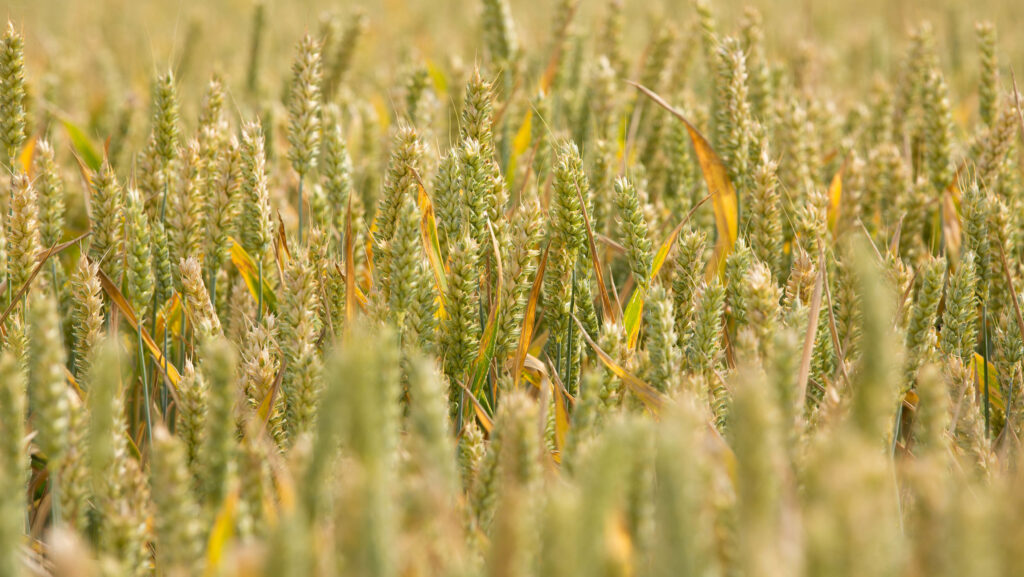Wheat drops below £200/t despite cuts to cropping area
 © Tim Scrivener
© Tim Scrivener New crop wheat has dropped back by almost £30/t from its peak at the end of May, despite a tighter supply picture for domestic markets.
UK feed wheat futures for November opened at £196/t on 10 July, down £4/t on week-earlier levels.
Spot prices collected on 10 July by Farmers Weekly put milling wheat at £236/t, a £60/t premium to feed wheat at £176/t.
See also: NFU Scotland continues to reject digital grain passports
Grain trader Cefetra said milling wheat had been seeing more activity from millers for new crop, although it was still limited.
UK flour millers used 3.4% more wheat in the 11 months to May, totalling 5.7m tonnes.
However, volumes of home-grown wheat used by millers dropped slightly to 4.64m tonnes, while imported volumes increased to 1.06m tonnes.
The UK market remains fairly reactive to global drivers, with harvest delayed in Europe due to the wet weather but well under way in the US and Russia.
In France, the soft wheat harvest is estimated by the agriculture ministry to be at its lowest level for four years following heavy rainfall, with production forecast at 29.7m tonnes, down from 35.1m tonnes last year.
The US winter wheat harvest is ahead of last year and was 63% complete for the week ending 7 July, according to the US Department of Agriculture. This compares with 42% completion in the same week last year.
Greater quantities of wheat coming to the market earlier than expected has been weighing on global prices, with Chicago futures also dropping back during June and early July.
Russian consultancy SovEcon revised upwards its Russian wheat crop estimate, from 80.7m tonnes to 84.1m tonnes for 2024-25.
Andrey Sizov, head of market analysis at SovEcon, said: “[Russian] rouble prices declined amid unfavourable global market conditions and an improved outlook for the Russian wheat crop.”
The numbers
- £30/t: Fall in November feed wheat futures since peaking in late May
- £55/t: Milling wheat premium over feed grade
- 84.1m tonnes: Latest Russian wheat crop estimate for 2024/25
UK crop progress
Continued wet conditions and reduced sunlight have been affecting yields in the UK.
The AHDB’s crop report for the first week of July found that 56% of winter wheat nationally was rated as either good or excellent, compared with 76% of the crop at this time last year.
Spring barley had been improving, though, with 71% now classified good or excellent, up from 55% in June and 53% in July last year.
Last week’s planting and variety survey by the AHDB put the GB cereals and oilseeds area at 3.2m hectares, its lowest level for more than 20 years.
AHDB analyst Matt Darragh said: “Overall, the reduced area and poorer crop conditions, especially for winter crops, points to lower cereals and OSR production in 2024.”
NFU Combinable Crops Board chairman Jamie Burrows said the results were not surprising given that it had been one of the wettest growing seasons on record.
Mr Burrows said: “It is just another example of how vulnerable our food security is and highlights the possibility of more crops being imported, potentially grown to lower standards.
“Boosting our food security is a shared mission of the new government and business confidence is key to that.”
Straw is also forecast to be in tight supply as a result of the reduced area, and straw prices are already noticeably higher on the year.
